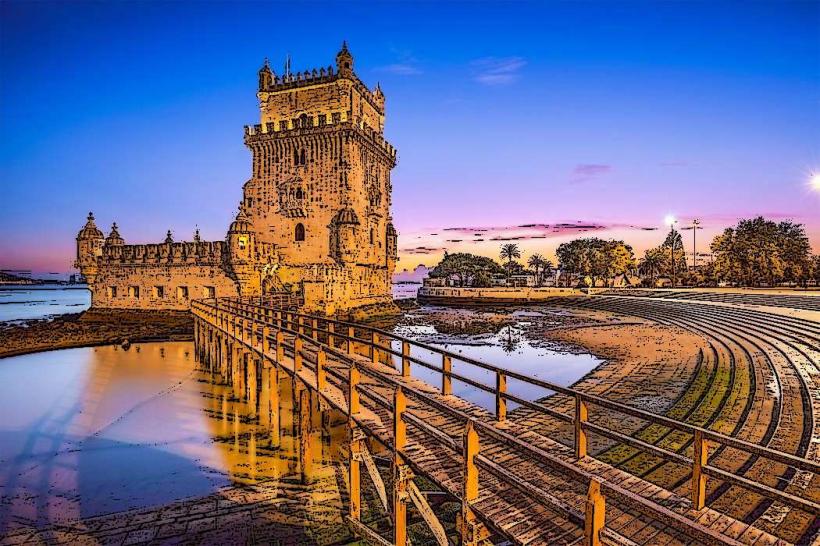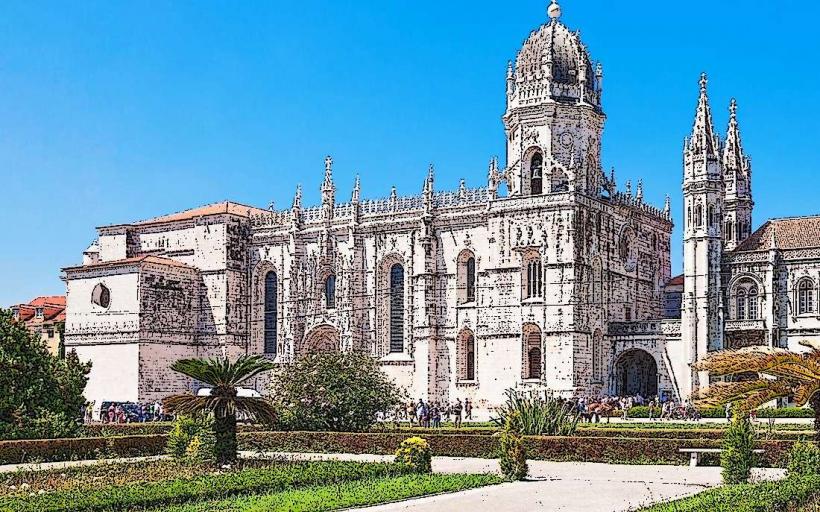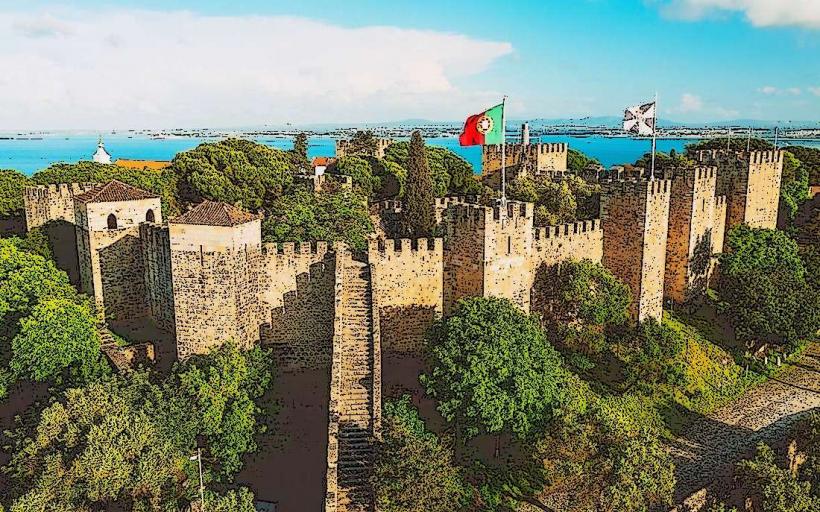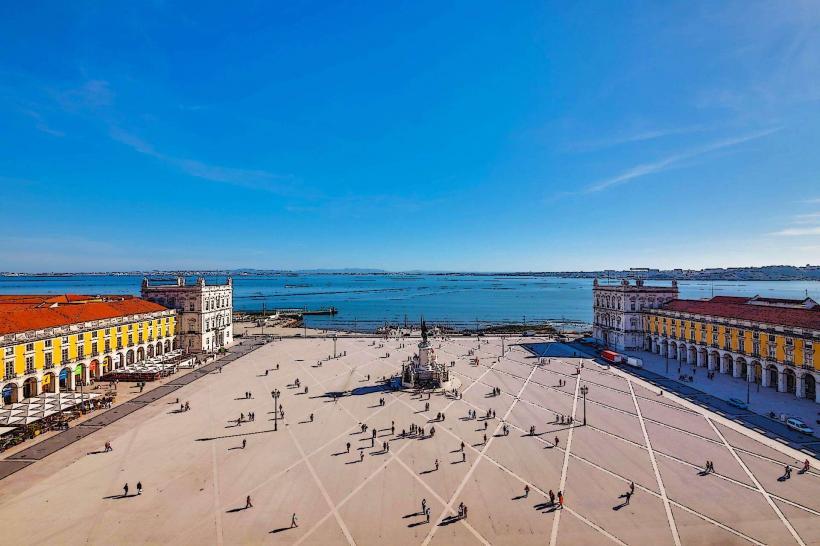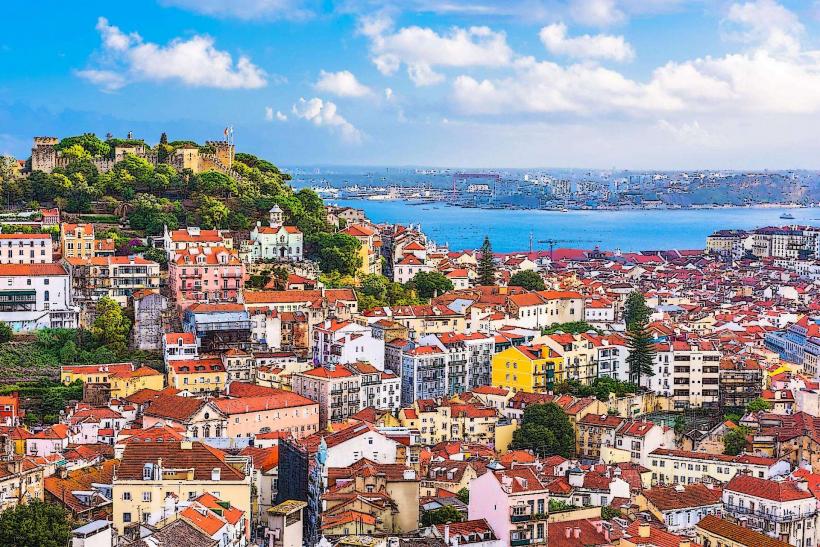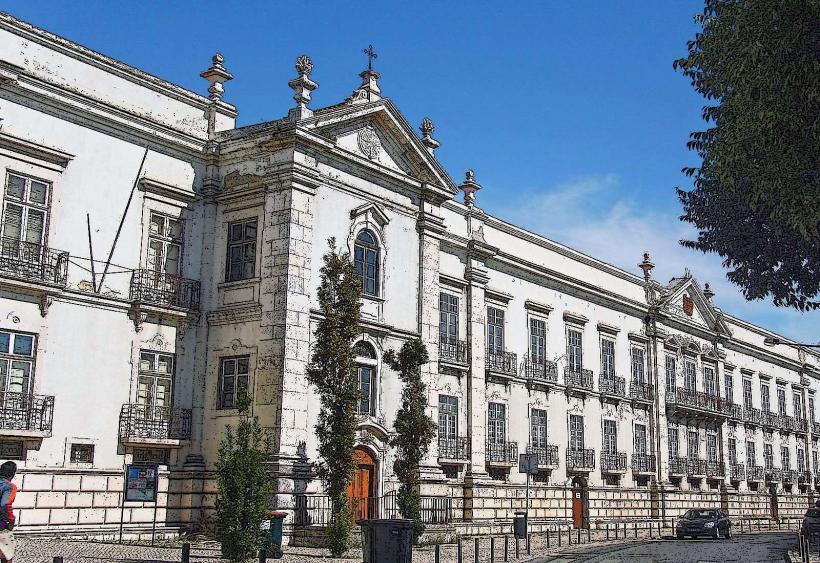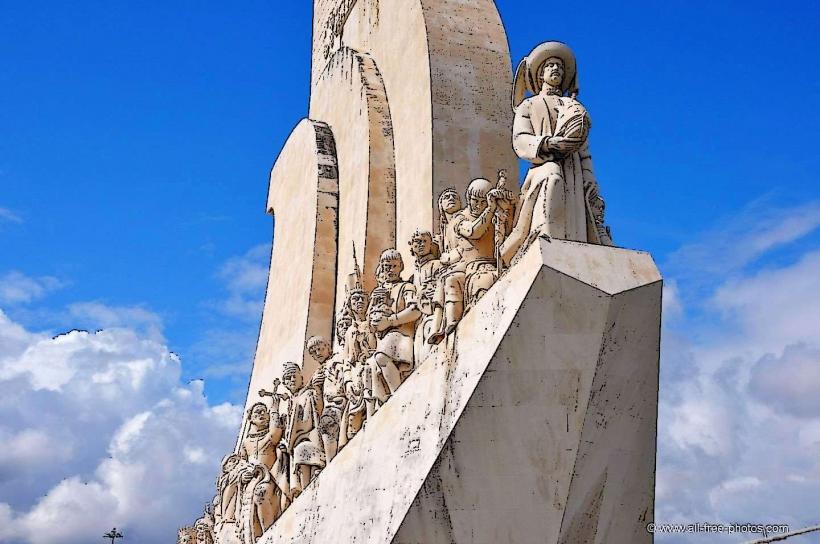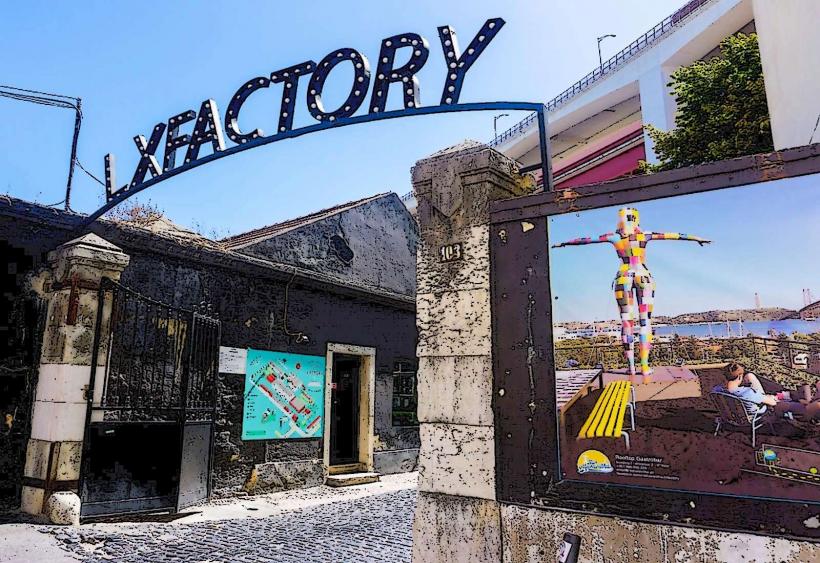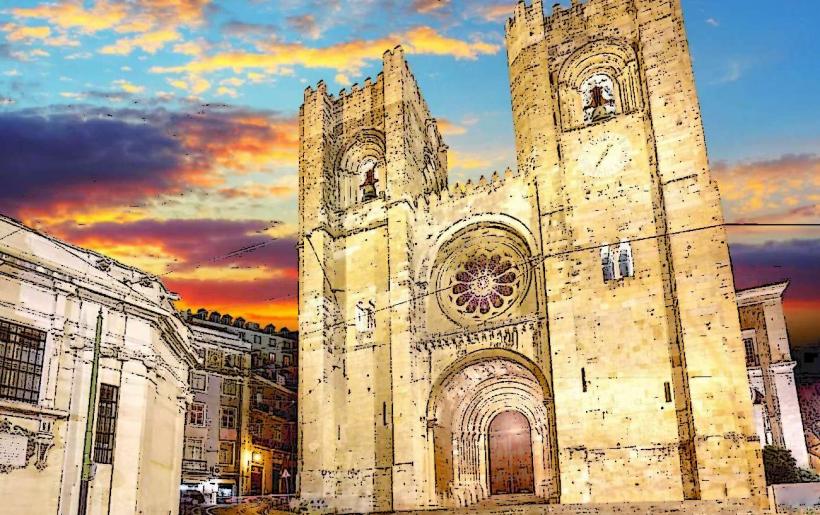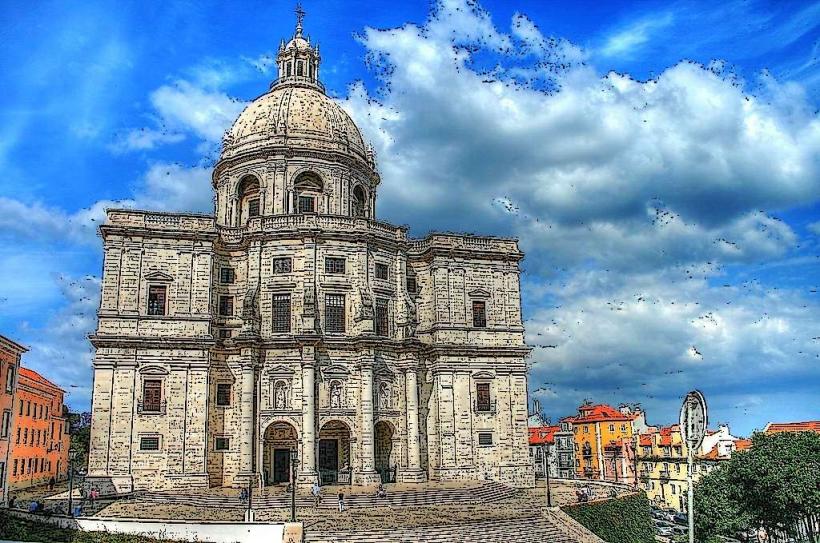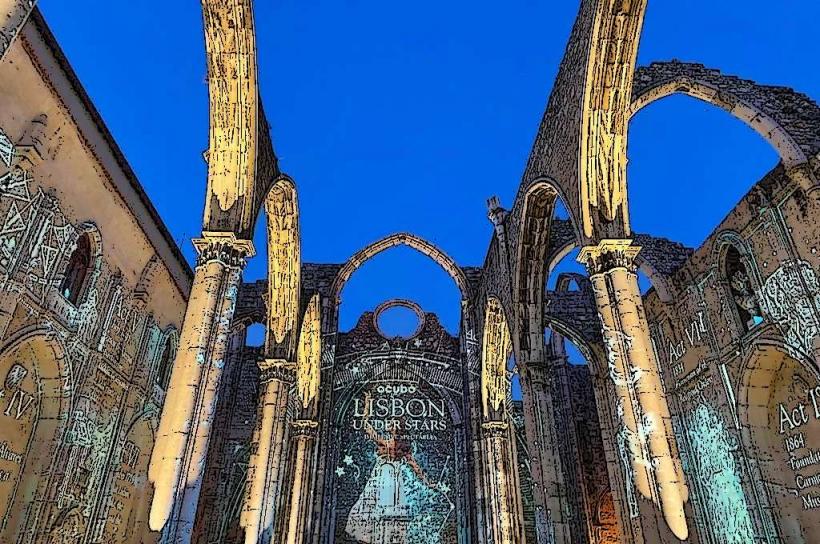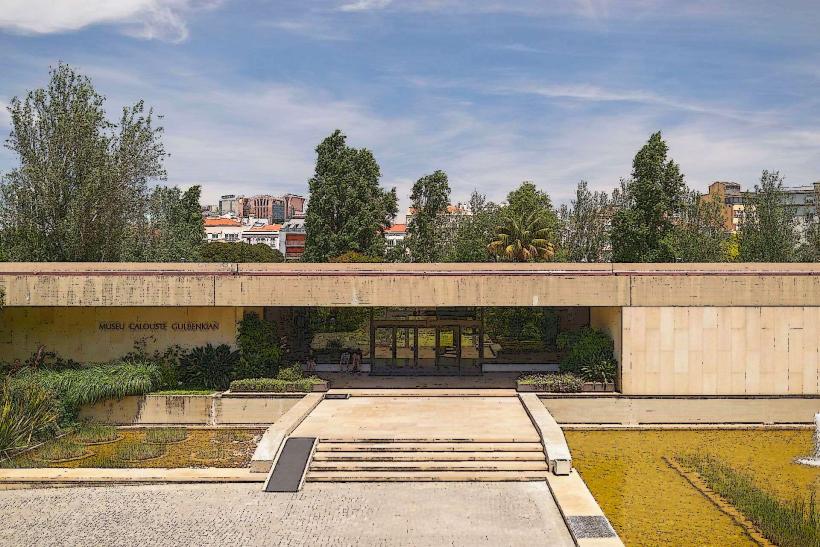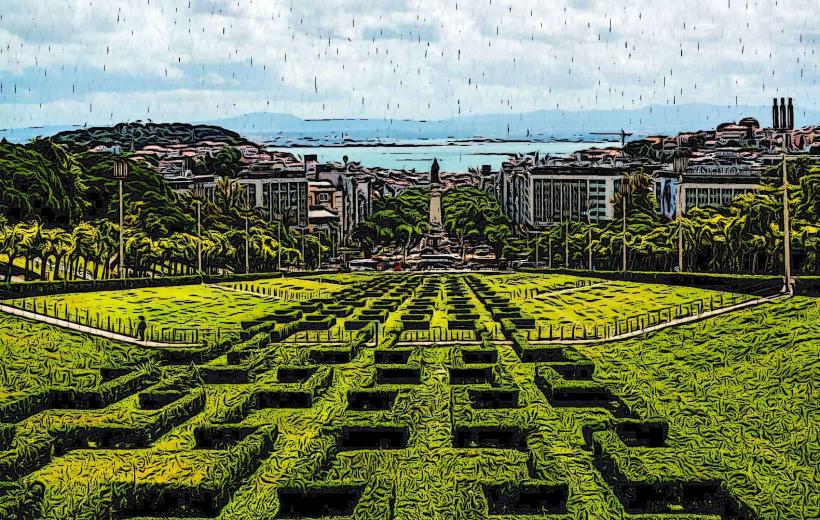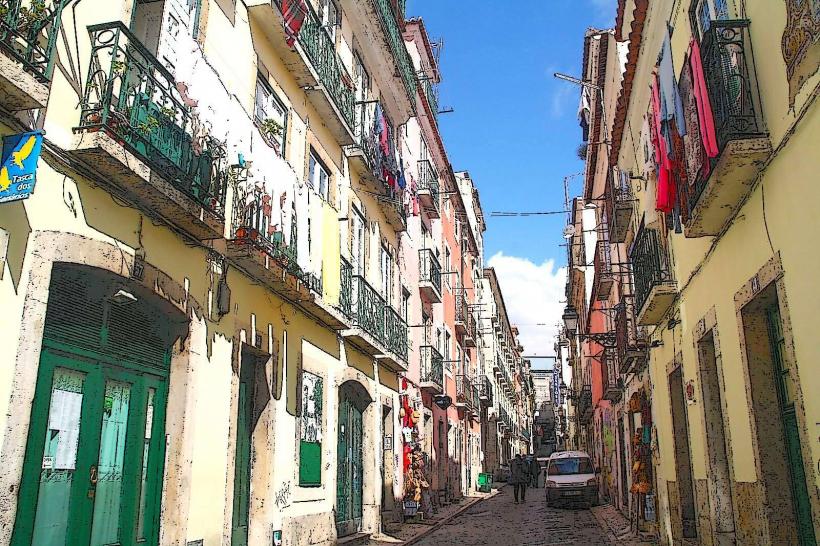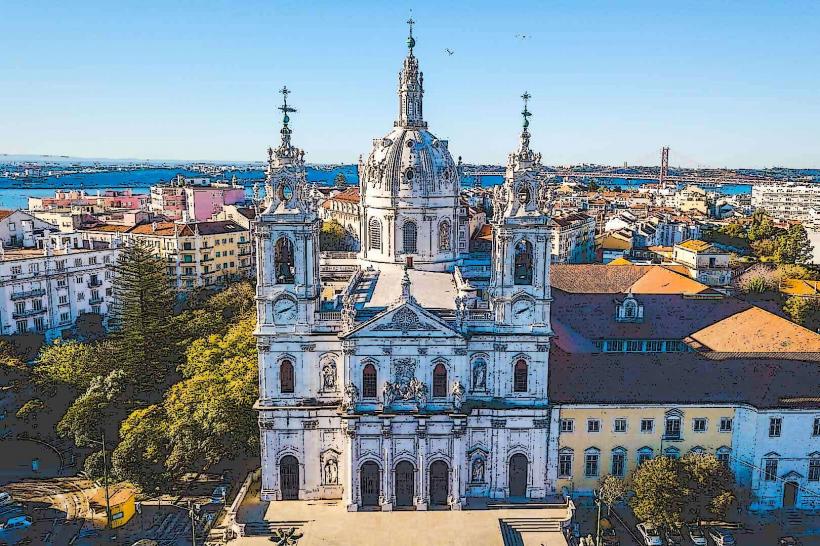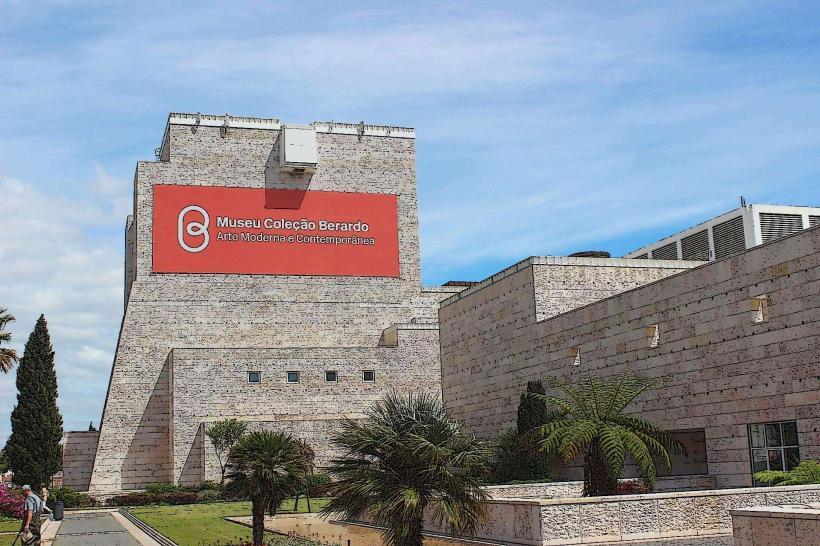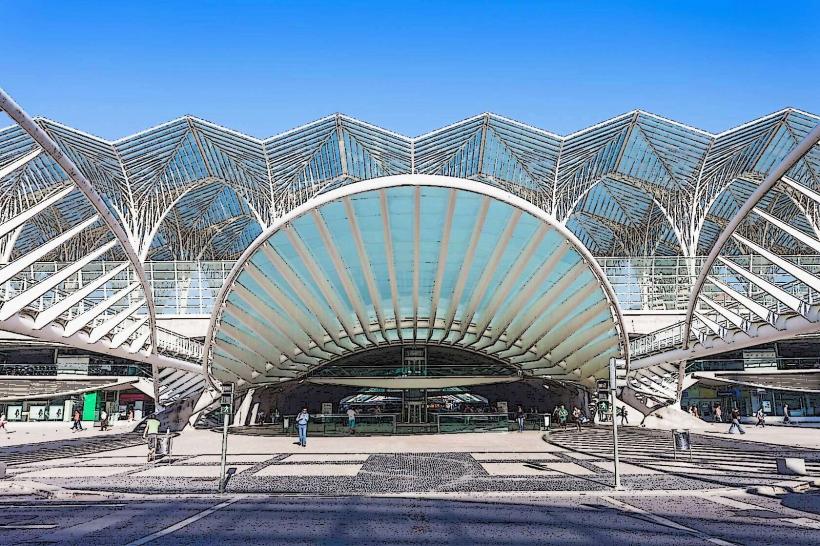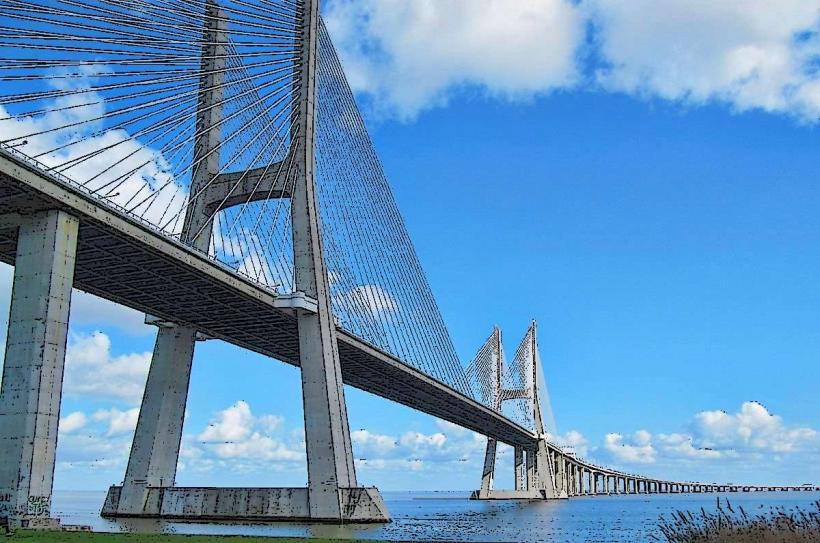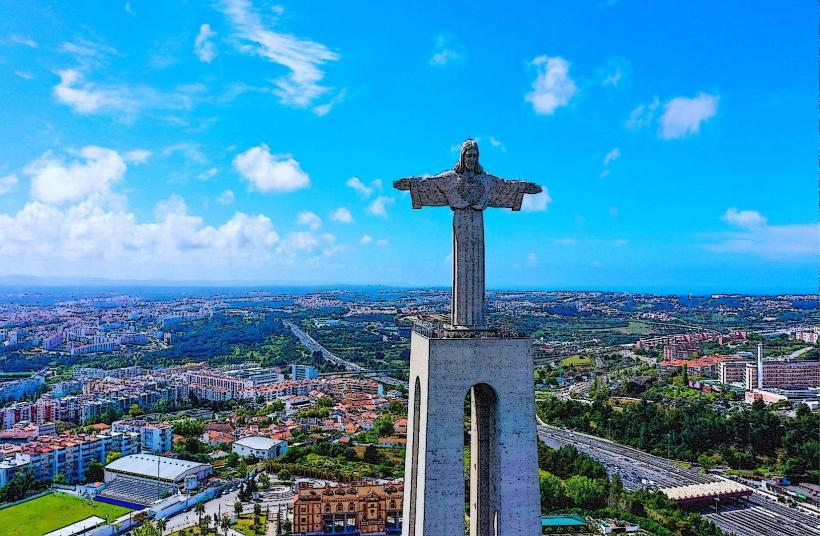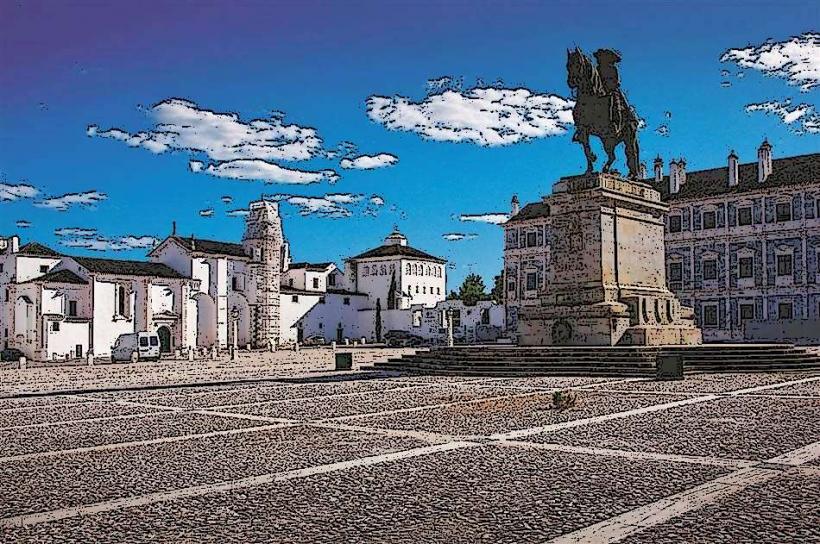Information
Landmark: Santa Justa LiftCity: Lisbon
Country: Portugal
Continent: Europe
The Santa Justa Lift (Elevador de Santa Justa) is one of the most iconic landmarks in Lisbon, Portugal, and a must-see for visitors. It connects the Baixa district, located in the lower part of the city, with the Chiado neighborhood, situated on a hill. The lift offers not only a practical mode of transportation but also stunning views of Lisbon, making it both a functional and scenic attraction.
1. History and Construction
- Designed by Raoul Mesnier du Ponsard: The Santa Justa Lift was designed by Raoul Mesnier du Ponsard, a French engineer who worked under the famous Portuguese architect Gustave Eiffel, the same engineer behind the Eiffel Tower in Paris. Though Eiffel was not directly involved in the lift’s design, Mesnier du Ponsard was inspired by the Eiffel Tower’s metal framework and used similar neogothic elements in the lift's design.
- Construction Timeline: The lift was completed in 1902 and was initially built as a way to help people travel from the lower Baixa district to the higher Chiado district, a steep and hilly area of Lisbon. At the time, it was a revolutionary piece of engineering for the city, solving the transportation challenges posed by Lisbon’s many hills.
- Height and Design: The lift stands at a height of 45 meters (148 feet) and was designed with a vertical iron structure, featuring ornate, neo-Gothic styling. Its design includes decorative arches and intricate metalwork, which make it stand out as both a piece of functional infrastructure and an architectural attraction.
2. Structure and Features
- Lift Cabins: The Santa Justa Lift has two elevators that travel in opposite directions. The upper cabin takes passengers to the top platform, where they can enjoy panoramic views of the city, while the lower cabin moves down to connect with the Baixa area. The cabins are made of iron and glass, allowing passengers to see the surrounding cityscape as they ascend or descend.
- Observation Platform: The highlight of the lift is the observation platform at the top. From here, visitors can enjoy sweeping 360-degree views of Lisbon, including landmarks like São Jorge Castle, the Baixa district, the Tagus River, and the Alfama district. The platform is a popular spot for photos, especially during sunset when the city is bathed in golden light.
- Historic Design: The lift’s iron structure and decorative design have remained largely unchanged since it was first built. It has a neo-Gothic style with ornate arches, decorative metalwork, and wooden interiors that add to its charm and historical feel.
3. How It Works
- Vertical Transportation: The Santa Justa Lift operates on a vertical track system. It was initially powered by a steam engine, but today it is powered by electric motors. The lift moves up and down the hill, helping pedestrians avoid the steep climb between the Baixa and Chiado districts.
- Capacity: The lift can accommodate around 20 passengers at a time. The cabins move quickly, reaching the top in about 1-2 minutes, making it a convenient way to travel between the two neighborhoods.
4. Cultural and Historical Significance
- Unique Landmark: The Santa Justa Lift is one of the few remaining iron elevators in the world, making it a rare and important piece of engineering history. It is also one of the most recognizable symbols of Lisbon, with its striking, Victorian-era design standing out amidst the city’s traditional architecture.
- A Cultural Icon: Over the years, the lift has become a cultural icon of Lisbon. It is featured in countless photographs, postcards, and guides to the city. It represents the city’s blend of modern engineering and historic charm, symbolizing Lisbon's evolution into a bustling modern metropolis while preserving its historic roots.
- Tourist Attraction: The lift is not just a mode of transportation; it is also a popular tourist attraction. Visitors can use it to access the Baixa and Chiado districts, or simply to enjoy the viewpoint at the top. The lift is a significant part of the Lisbon experience for many travelers.
5. Visiting the Santa Justa Lift
- Location: The Santa Justa Lift is located in the Baixa district, near Rua do Ouro (Gold Street), one of Lisbon's main pedestrian shopping streets. The lift connects Baixa with the Chiado district, which is known for its historical buildings, art galleries, theatres, and cafés.
- Tickets and Pricing: The lift operates on a ticket system, and visitors need to purchase a ticket to ride it. Tickets can be bought at the entrance, and the prices are relatively affordable. There are discounts for children, seniors, and residents. The lift is also included in the Lisboa Card, a tourist pass that provides free access to several attractions and discounts around the city.
- Opening Hours: The Santa Justa Lift is generally open daily, with extended hours during the summer months. It’s best to check the official schedule in advance to confirm operating times.
- Alternative Access: If you prefer not to use the lift, the Carmo Convent (Convento do Carmo), located near the upper station, offers an alternative viewpoint. However, the lift is a quick and efficient way to travel between the two districts.
6. Nearby Attractions
- Rua Augusta Arch: A short walk from the lower entrance of the Santa Justa Lift, the Rua Augusta Arch (Arco da Rua Augusta) is a monumental arch that marks the entrance to the Rua Augusta pedestrian street. It offers panoramic views from its rooftop and is a key architectural feature of Lisbon’s Baixa district.
- Carmo Convent: The Carmo Convent (Convento do Carmo), located near the upper station of the Santa Justa Lift, is a beautiful Gothic church that was partially destroyed in the 1755 earthquake. It is now a museum and offers an atmospheric experience with its open roof and historical ruins.
- Chiado Neighborhood: At the top of the Santa Justa Lift, the Chiado neighborhood is known for its cafés, theatres, art galleries, and boutiques. It’s one of Lisbon’s cultural hubs and is home to many of the city’s most historic establishments, including the famous A Brasileira café.
7. Photography and Views
- Photo Opportunities: The Santa Justa Lift is one of the best spots for photographing Lisbon. From the top platform, you can capture stunning views of the city, including the red-tiled rooftops, the Tagus River, the São Jorge Castle, and the Alfama district. It’s especially popular at sunset when the city’s lights begin to twinkle against the golden hues of the evening sky.
- Panoramic Views: The view from the top of the lift is often regarded as one of the best in the city. On a clear day, you can see across the entire Baixa district, the Tejo River, and other key parts of the city. The lift itself offers great photo opportunities, as it is both a functional elevator and a historical landmark.
Summary
The Santa Justa Lift is a vital piece of Lisbon’s history and a beloved tourist attraction. It offers a unique way to travel between the Baixa and Chiado districts, while also providing some of the best views in the city. Its neo-Gothic design and iron structure make it an architectural gem, while its observation platform offers visitors a stunning 360-degree view of Lisbon. Whether you're interested in its engineering marvel, its historical significance, or its breathtaking views, the Santa Justa Lift is a must-visit attraction in Lisbon.

